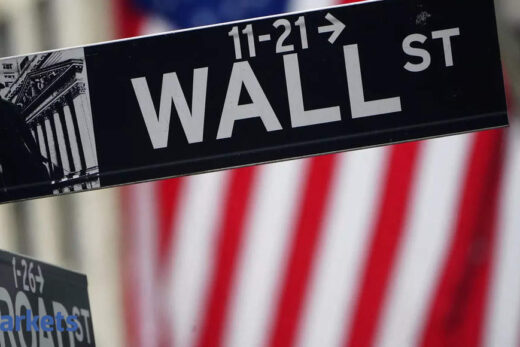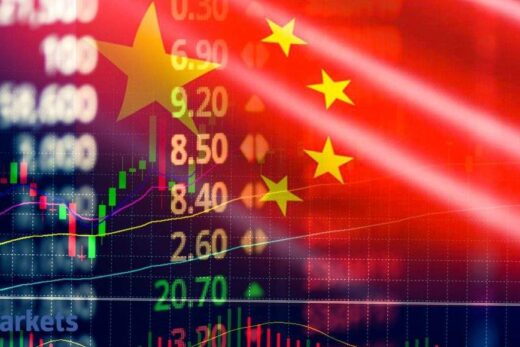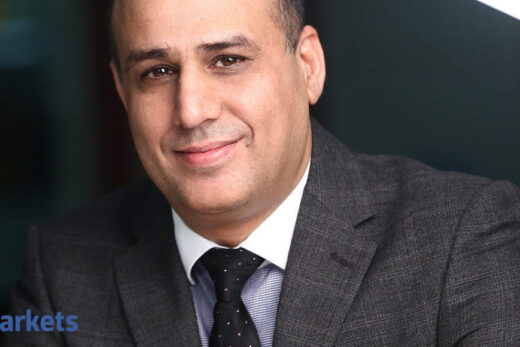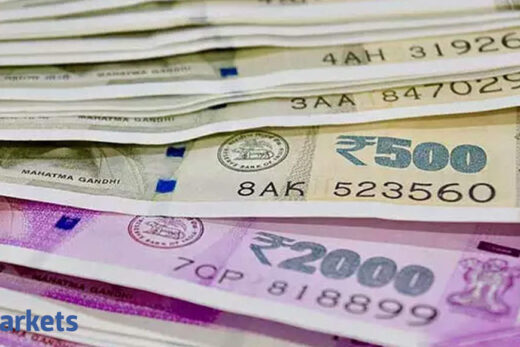What is Evergrande?
Founded in 1996 by Chairman Hui Ka Yan in Guangzhou, Evergrande is China’s second-largest property developer with $110 billion in sales last year.
The company listed in Hong Kong in 2009, helping it grow its asset size to $355 billion today. It has more than 1,300 developments across the nation, many in smaller cities.
With sales growth slowing in recent years, Evergrande has branched into businesses such as electric cars, football, insurance and bottled water.
How did concerns arise over debt?
Investors became worried in September last year after a leaked letter purportedly from the company showed Evergrande had pleaded for government support to approve a now-dropped backdoor listing plan. Evergrande said the letter was fake.
Concerns intensified after Evergrande admitted in June it did not pay some commercial paper on time, and news in July a Chinese court froze a $20 million bank deposit held by the firm on the request of Guangfa Bank.
Evergrande’s fast expansion has been fuelled by loans to support its land buying spree, and selling apartments quickly despite low margins so as to start the cycle again.
Its total liability, which include payables, is at 1.97 trillion yuan ($306.3 billion), or around 2% of the country’s GDP.
Other than the usual bank and bond channels, the developer has been criticised for tapping the shadow banking market, including trusts, wealth management products and commercial paper.
How has Evergrande deleveraged?
Evergrande accelerated its debt-reduction efforts last year after regulators introduced caps on three debt ratios, dubbed the “three red lines” policy. It aims to meet all the requirements by the end of 2022.
Evergrande has given buyers steep discounts for its residential developments and sold the bulk of its commercial properties. Since the second half of 2020, it has had a $555 million secondary share sale, raising $1.8 billion by listing its property management unit in Hong Kong, while its EV unit sold a $3.4 billion stake to new investors.
On Tuesday, however, it said its asset and equity disposal plans have failed to make material progress.
What’s the risk?
China’s central bank highlighted in 2018 that companies including Evergrande might pose systemic risks to the nation’s financial system.
The leaked letter last year said Evergrande’s liabilities involve more than 128 banks and over 121 non-banking institutions. JPMorgan estimated last week China Minsheng Bank has the highest exposure to Evergrande.
Late payments could trigger cross-defaults as many financial institutions have exposure to Evergrande via direct loans and indirect holdings through different financial instruments.
In the dollar bond market, Evergrande accounts for 4% of Chinese real estate high-yields, according to DBS. Any defaults will also trigger sell-offs in the high-yield credit market. A collapse of Evergrande will have a large impact on the job market. It has 200,000 staff and hires 3.8 million people every year for project developments.
What about operations outside mainland China?
Evergrande owns an office tower in Hong Kong’s Wan Chai district. It also has one completed and two nearly-completed residential developments in the city, and a vast undeveloped land parcel.
Outside Greater China, Evergrande has spent billions of dollars acquiring stakes in foreign automobile technologies for its new energy vehicle business, including Swedish NEVS, Dutch e-Traction and British Protean.
It also set up a separate JV with Germany’s Hofer AG, automotive powertrain system developer, and supercar company Koenigsegg.
What have regulations said?
The People’s Bank of China and the China Banking and Insurance Regulatory Commission warned Evergrande in August that it needed to reduce its debt risks.
Media reports said regulators have approved an Evergrande proposal to renegotiate payment deadlines with banks and other creditors. The Guangzhou government is also seeking opinions from Evergrande’s major lenders about setting up a creditor committee.



